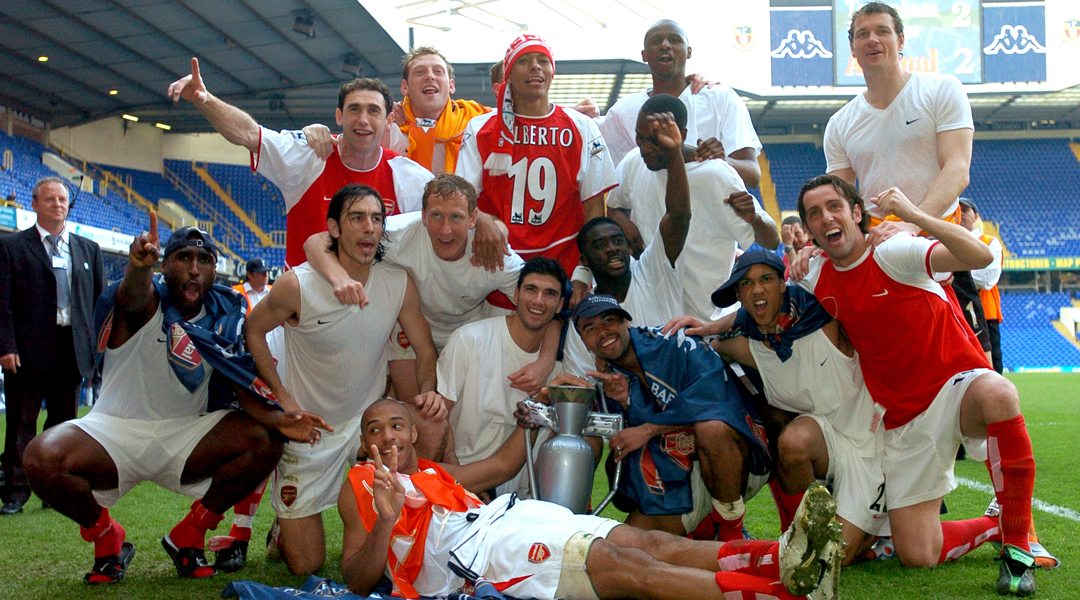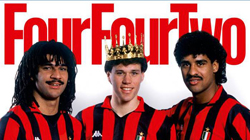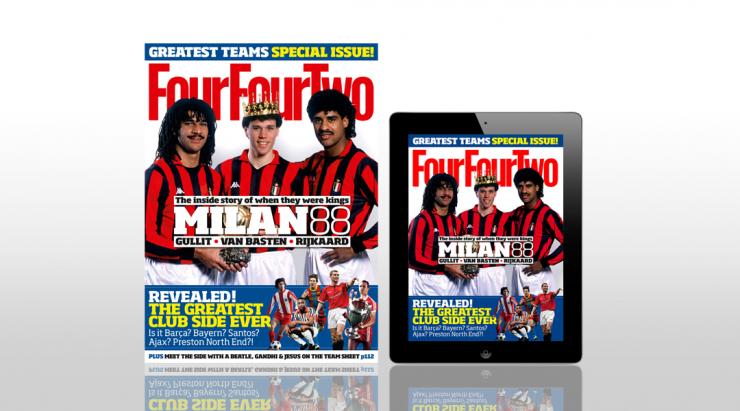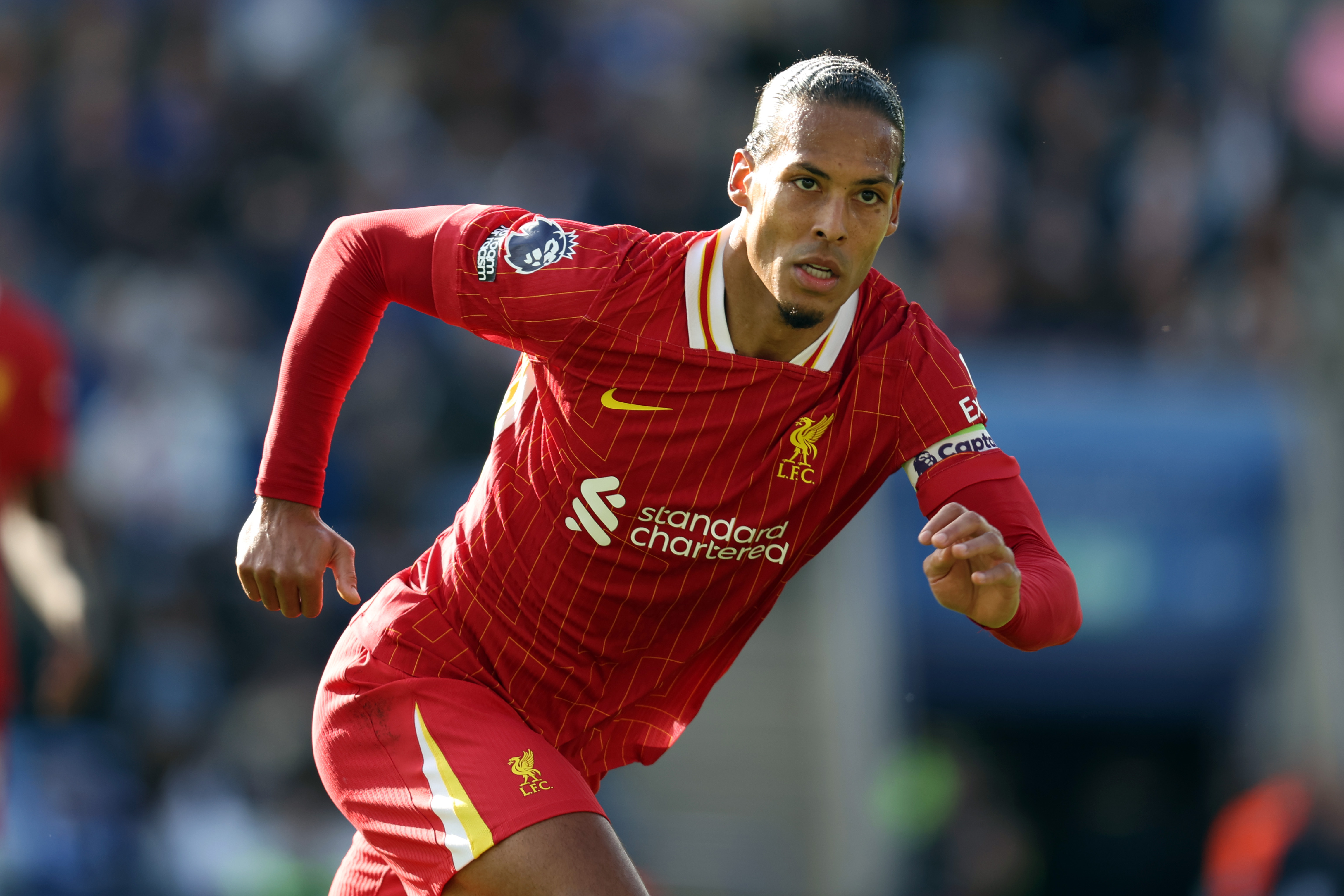FFT's Greatest Club Sides Ever: Why Arsenal’s Invincibles didn’t make the cut
One of the men responsible, Andrew Murray, explains why 'The Invincibles' didn't make it...

The deliberations, ramifications and arguments went on long into the night one mid-August evening in the FourFourTwo office. But choosing the 20 Greatest Club Sides Ever for the October issue of the magazine was never going to be easy. Having consulted world football’s journalistic glitterati, four FFT staffers sat down to condense a long list of 38 truly spectacular teams into the top 20.
It was agony. Some teams – the Ajax of Johan Cruyff, Pep Guardiola’s Barcelona and Real Madrid of the late 1950s – picked themselves, but compelling cases existed for all. Two things swiftly became clear. However unfair it was to Madrid, Barça or Manchester United, any club could only appear once in the top 20. Secondly, the list had to be about more than mere trophies, it had to be about intangibles: how cool a team is, their legacy, their aura.
Winners Ajax had all of that, and more. Total Football changed the world. They had rock star swagger (cool). Their 4-3-3 formation is still the most prevalent (legacy). They won three successive European Cups (aura).
Any list like this is going to leave some great teams out. FFT’s Brazilian readers were particularly unhappy that Santos only ranked seventh, and that neither Flamengo of the early 1980s (Zico, Leandro et al) nor 1991-94 Sao Paulo with Rai and young Cafu made even the ‘teams that just missed out’ sidebar.
Get FourFourTwo Newsletter
The best features, fun and footballing quizzes, straight to your inbox every week.

Milan 88 remembered
The Greatest Club Sides EVER!
Luis Enrique One-on-One
The story of Boca's Ultras
How to win the Champions League, by those who did
The biggest complaint, by far, has been the exclusion of Arsenal’s Invincibles of 2003-04. Some suggested the era began in 1998, others 2002 and lasted until the 2006 Champions League final defeat to Barcelona. Ultimately, the case for the Gunners’ inclusion boils down to that unbeaten season and their record 49 games without losing a league game.
Nobody can question that statistic. It’s truly incredible. Yet in Europe, Arsenal failed. Bar the 2006 final – where they fought manfully with 10 men against Barça – they didn’t go beyond the last eight of the Champions League. Yes, they won the FA Cup in 2002, 2003 and 2005, but there was no unbeaten double in 2004, where Arsenal lost 1-0 in the semi-final to Manchester United. No disgrace in that, clearly, but a defeat is a defeat.
In the 1888-89 season, Preston North End were the first team to complete the league and cup double without losing. Pre-European football, they went an entire campaign unbeaten, regardless of competition. No-one has done it since. A bygone era, perhaps, but firsts matter. It’s why everyone knows who Neil Armstrong, George Washington and Dolly the Sheep are.
Arsenal did appear as one of the teams that just missed out. But we felt that the legacy of Herbert Chapman’s great side of the early 1930s had a greater legacy on the game. His then revolutionary W-M formation, essentially a 3-2-5, became the dominant system around the world for nearly three decades. Its influence on the English game only ended when Sir Alf Ramsey introduced something more akin to a 4-4-2 to win the 1966 World Cup.
Undeniably thrilling to watch – anyone who wouldn’t describe Thierry Henry, Dennis Bergkamp or Robert Pires as cool is clearly in need of serious psychological adjustment – Arsene Wenger’s Gunners faded after 2006, the last hurrah. Of course, this happens to all great teams, players get old or want to leave, but there was no revolutionary tactical system. Unheard of in England when he first arrived, Wenger’s knowledge of nutrition and sports science was well-known elsewhere in Europe.
Ultimately, football is all about opinions, that’s why we love it so much. For what it’s worth, I think that particular Arsenal team were one of the best I’ve seen in my lifetime, but we all felt other sides had better claims to be on the list. List features always spark lively debate, and this one has been no different.
Read the full 'Greatest Club Side Ever' feature in the October 2013 issue of FourFourTwo, which also tells the inside story of Milan 88 with Ruud Gullit, Marco van Basten and Frank Rijkaard. Check out our exclusive interview with Milan's Stephan El Shaarawy, plus read about the power battle for Boca's ultras and Scotland's big grudge match - Partick Thistle vs Dundee United! Subscribe in print or for iPad now.

Andrew Murray is a freelance journalist, who regularly contributes to both the FourFourTwo magazine and website. Formerly a senior staff writer at FFT and a fluent Spanish speaker, he has interviewed major names such as Virgil van Dijk, Mohamed Salah, Sergio Aguero and Xavi. He was also named PPA New Consumer Journalist of the Year 2015.
